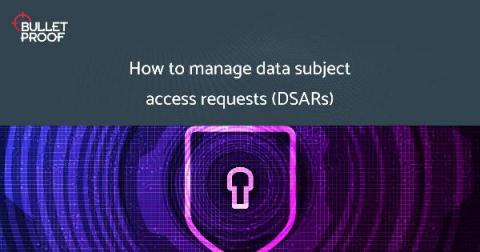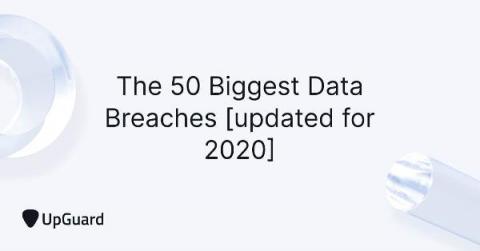What are Cybersecurity Threats?
A cybersecurity threat is the threat of malicious attack by an individual or organization attempting to gain access to a network, to corrupt data or steal confidential information. No company is immune from cyber attacks and the data breaches that can result. Some cyberattacks can even destroy computer systems. As cyber threats become increasingly sophisticated, your business must implement the security needed to safeguard its data and networks.









